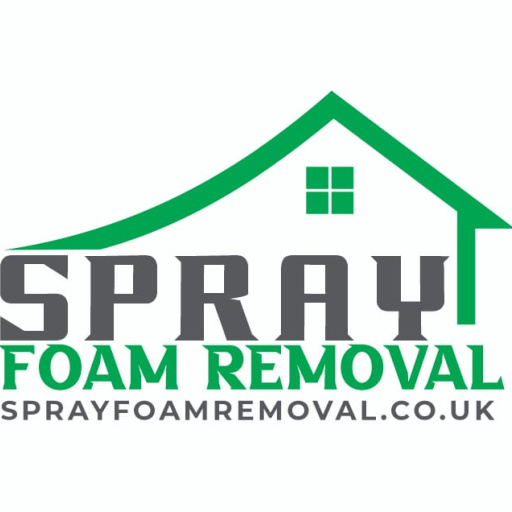Spray foam insulation has been widely used in homes across the UK for its energy efficiency and airtight sealing properties. However, due to changing mortgage and insurance requirements, many homeowners are now facing the need to remove spray foam insulation. Whether you’re dealing with mortgage approval issues, structural concerns, or damp problems, this guide will walk you through everything you need to know about spray foam insulation removal in the UK.
Why Remove Spray Foam Insulation?
While spray foam insulation can be highly effective, there are several reasons why homeowners may need to have it removed:
1. Mortgage and Insurance Issues
Many mortgage lenders in the UK are now rejecting properties with spray foam insulation due to concerns over moisture retention, timber degradation, and difficulty in assessing structural integrity.
2. Structural Concerns
Poorly installed or aging spray foam can cause damage to roof timbers, reducing ventilation and leading to rot or damp issues.
3. Damp and Mould Risks
Spray foam can sometimes trap moisture within walls or roofs, increasing the risk of mould growth and timber decay.
4. Property Resale Challenges
Homebuyers and surveyors often see spray foam insulation as a red flag, which can make selling a property more difficult.
How to Remove Spray Foam Insulation
Removing spray foam insulation is a labour-intensive process that requires careful planning and execution. Here’s a step-by-step breakdown:
1. Assess the Situation
- Determine whether the spray foam is open-cell or closed-cell, as removal techniques vary.
- Inspect for any structural damage caused by the foam.
- Consult with a professional to determine the safest removal method.
2. Hire a Specialist
- Spray foam removal is best handled by experienced professionals who have the right tools and expertise.
- Certified removal companies will ensure that the job is done safely without causing damage to the property.
3. Softening the Foam
- In some cases, applying a solvent can help break down the foam for easier removal.
- However, this must be done cautiously to avoid damaging the underlying materials.
4. Mechanical Removal
- The most common method involves manually cutting and scraping the foam from surfaces.
- Special tools such as wire brushes, scrapers, and industrial vacuums are used to clear away residues.
5. Cleaning and Repairing
- After removal, any underlying damage should be assessed and repaired.
- Proper ventilation should be restored to prevent future damp issues.
6. Choosing an Alternative Insulation
- Consider using traditional insulation materials like mineral wool or rigid foam boards, which are widely accepted by mortgage lenders and insurance providers.
Cost of Spray Foam Insulation Removal in the UK
The cost of removal depends on several factors, including:
- Size of the area: Larger areas require more time and effort.
- Type of spray foam: Closed-cell foam is more difficult to remove than open-cell foam.
- Accessibility: Hard-to-reach areas such as lofts or tight crawl spaces can increase costs.
- Extent of damage: If the insulation has caused timber rot or damp problems, additional repair costs may arise.
On average, spray foam insulation removal in the UK can cost between £2,000 and £8,000, depending on the complexity of the job.
Finding a Reliable Spray Foam Removal Specialist
When selecting a removal specialist, consider the following:
- Look for certified professionals with experience in insulation removal.
- Check for customer reviews and testimonials.
- Ensure they provide a detailed assessment and quote before starting work.
- Confirm that they follow UK health and safety regulations.
Conclusion
Spray foam insulation removal is becoming a necessary process for many UK homeowners due to mortgage and insurance concerns. While it can be a challenging task, hiring a professional ensures that the job is done efficiently and safely. If you’re considering removing spray foam insulation, be sure to weigh the costs, consult with experts, and choose an alternative insulation solution that meets your long-term needs.





Comments